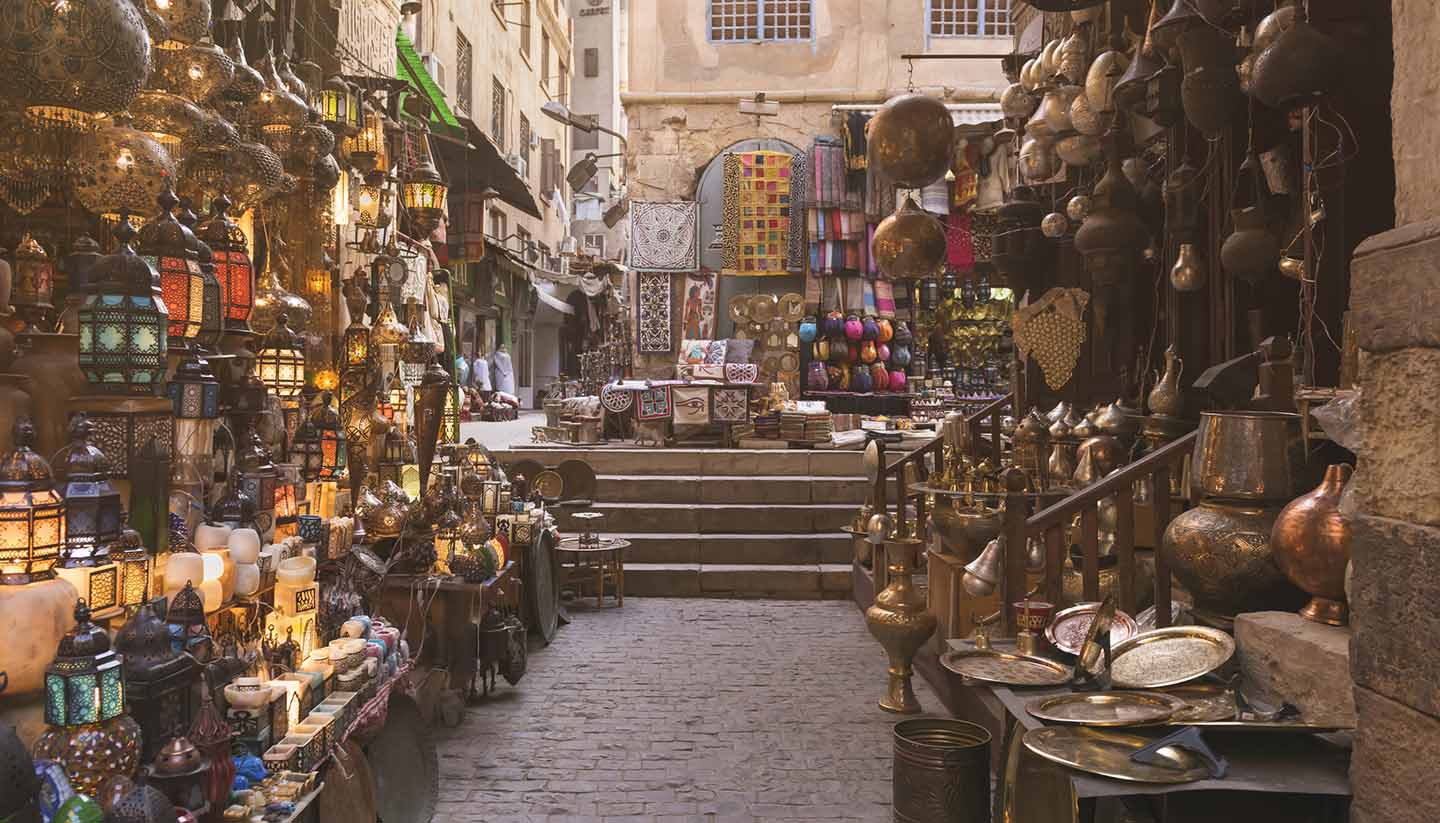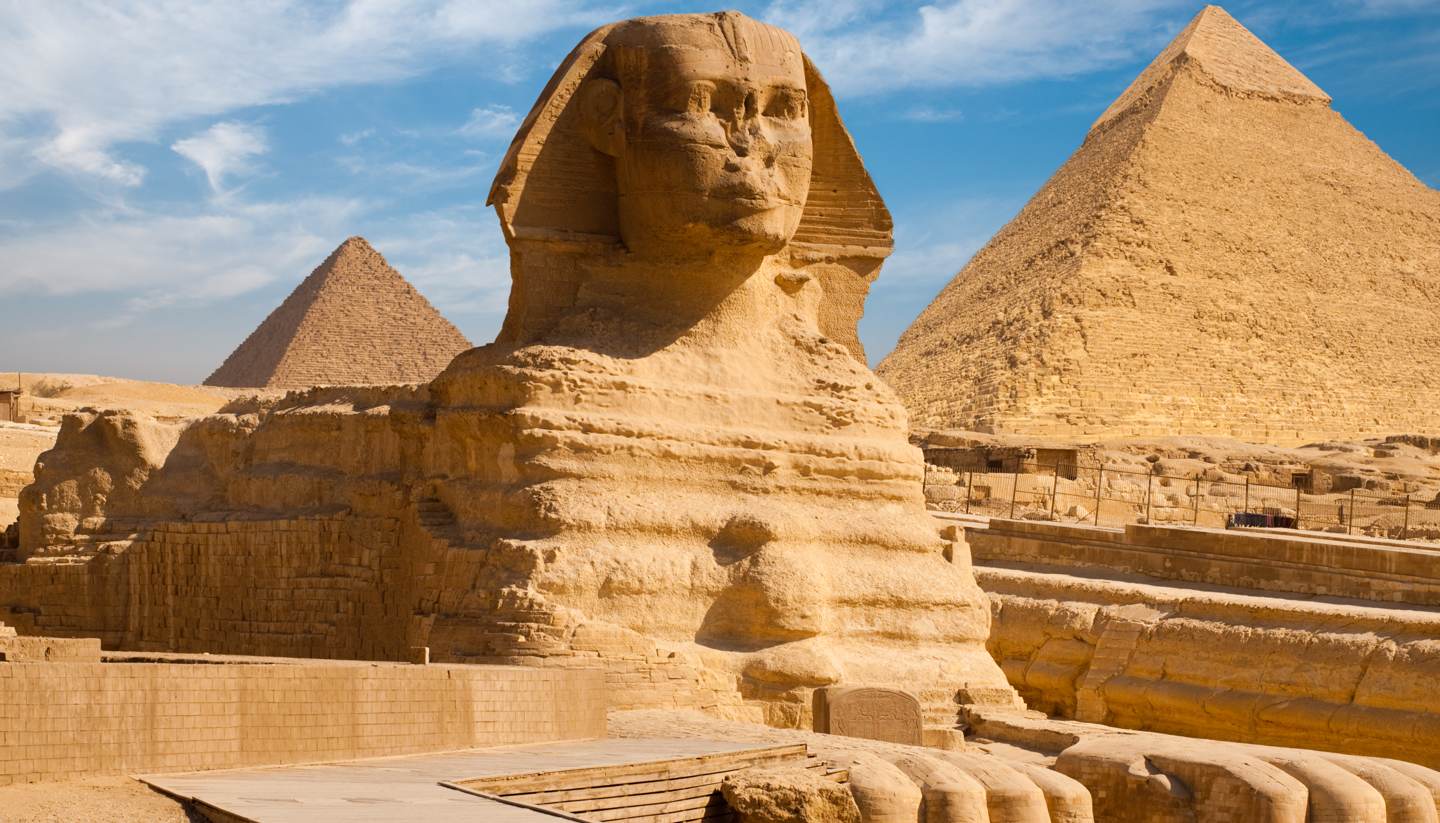Cairo History
Cairo has its roots in the ancient settlement of Memphis, now 24km (15 miles) southwest of the city. It was founded in 2,000 BC and ruled by King Menes who united Upper and Lower Egypt. In the 1st century, the Romans built the Babylon fortress on the Nile, the oldest structure in the city.
Cairo itself was established as the city of Fustat by the Fatimids in the 10th century. So began a period of huge construction of prominent landmarks, including Al-Azhar mosque. As Cairo was a key link on the east-west spice route, the market streets of Khan el-Khalili became a bustling centre of trade.
The 12th century brought Saladin, the first Sultan of Egypt, who commissioned many more important buildings. Then in the mid-13th century, the Mamaluks seized control of Egypt. Under them, Cairo became an important centre of Islamic learning.
The rising Ottomans took over from the Mamaluks in the 16th century, and with the rise of Constantinople as their capital, Cairo declined. The Black Death struck the city countless times, reducing the population by hundreds of thousands.
After resisting Napoleonic rule, Muhammad Ali Pasha founded the modern Egyptian state in the early 19th century, with social and economic reforms and huge construction ensuing. Broad boulevards and circular plazas inspired by Paris can still be seen around today’s Downtown Cairo.
The British used Egyptian debt as a pretext for occupying the country from 1882. Huge protests led to the declaration of independence in 1922, but colonial dominance continued until the Egyptian revolution of 1952. Under the iconic Nasser, Cairo developed into a modern metropolis with Egyptians from all over the country pouring in. It eventually became the largest city in the Islamic world, and one of the biggest in Africa.
In 2011, millions of protesters gathered in Cairo’s Tahrir Square during the Arab Spring, leading to the resignation of the dictator Hosni Mubarak. The quest for democracy has not been smooth since, with President Morsi removed by military coup in 2013.
Did you know?
• When it was finished, the Great Pyramid of Giza was the tallest structure in the world for nearly 4,000 years.
• Cairo’s Al-Azhar is one of the world’s oldest universities, dating back to the late 10th century.
• Constructed by Saladin, Cairo Citadel was the seat of Egyptian government between the late 12th century and the 1860s.



